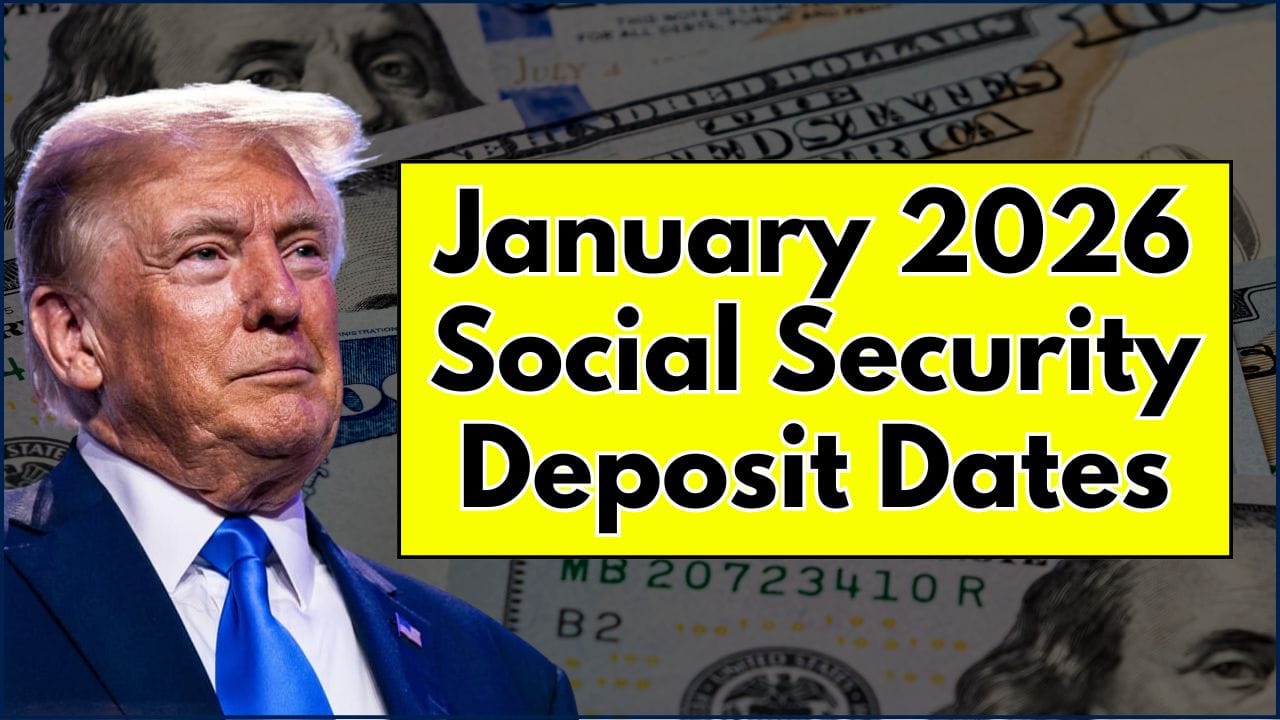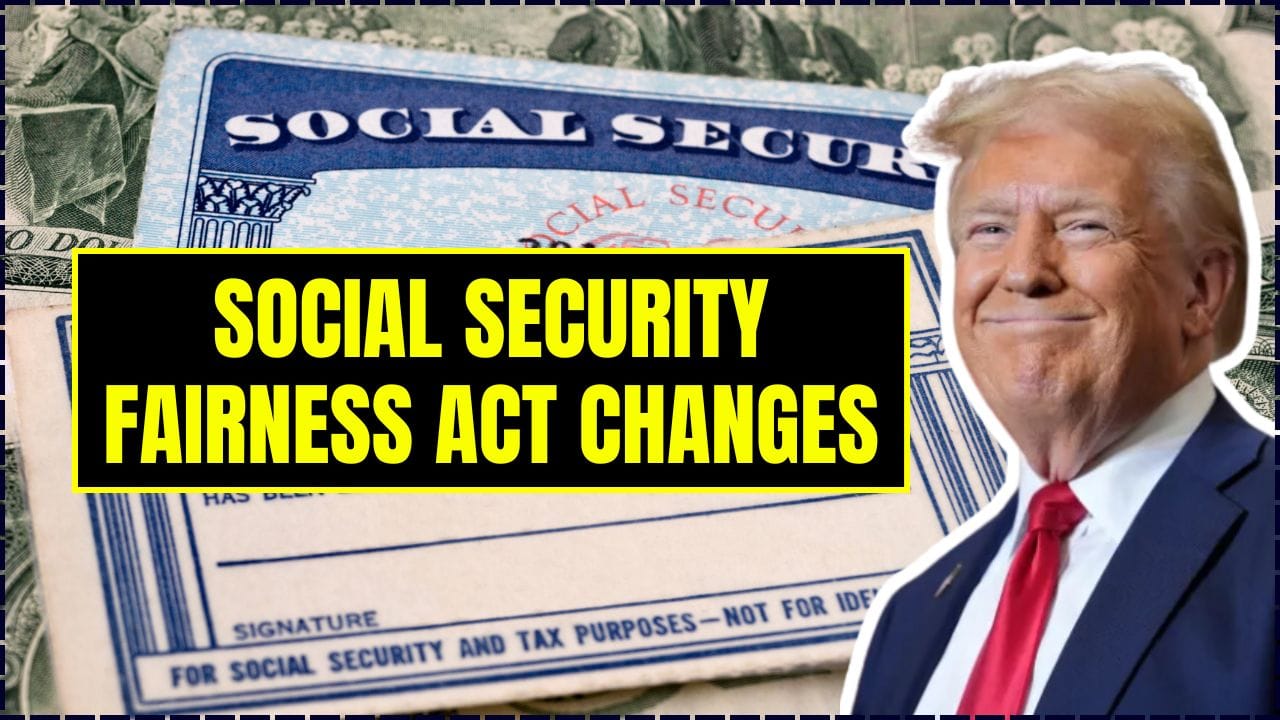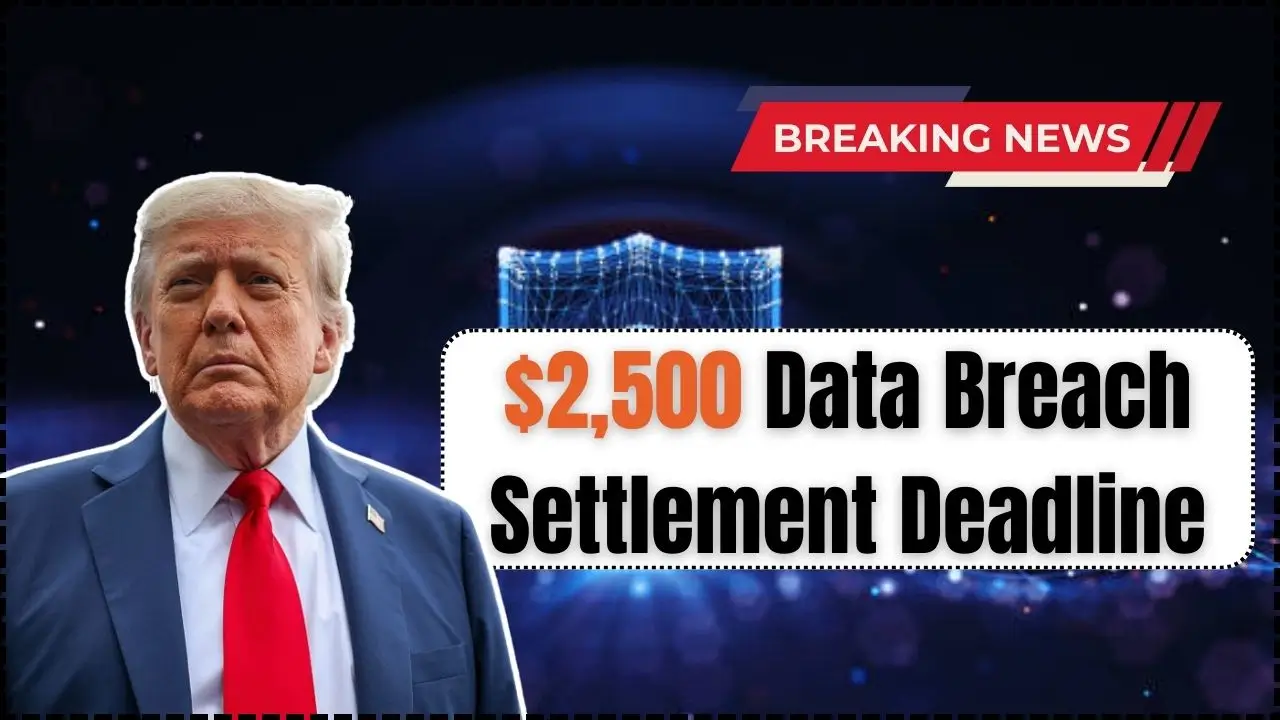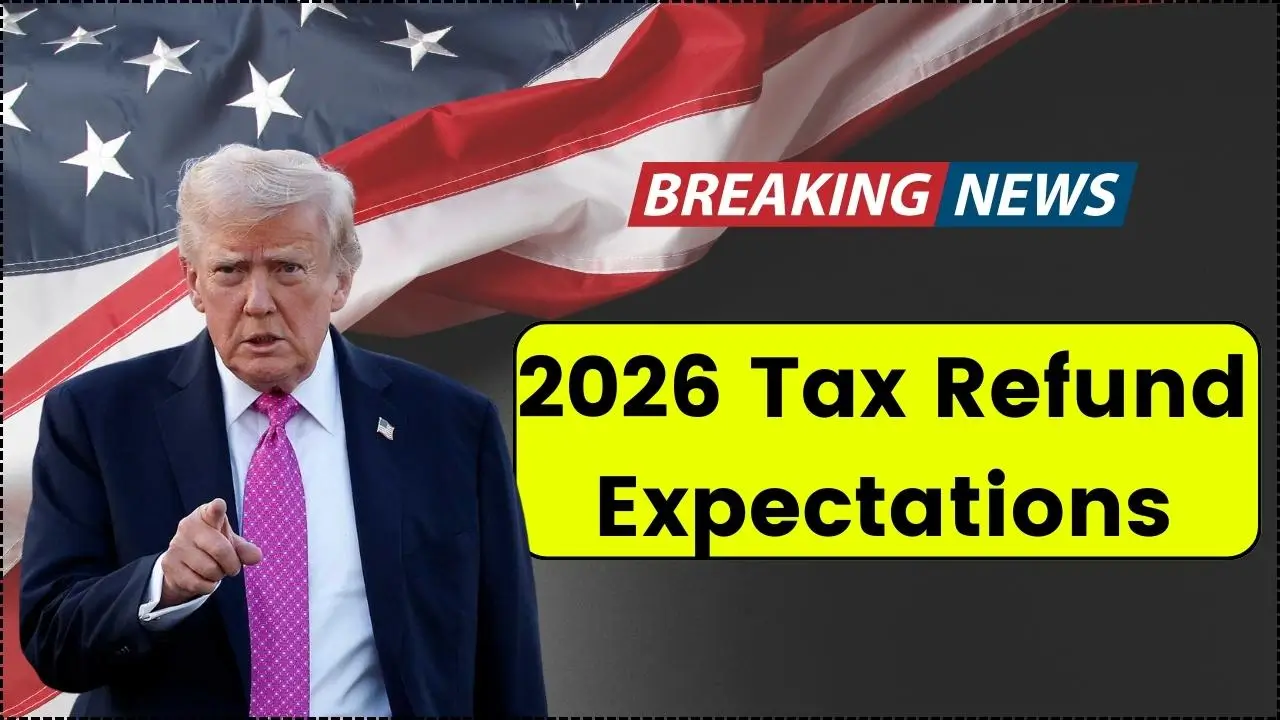The Fulbright Foreign Student Program 2026–2027 application season is opening in countries around the world, presenting a life-changing opportunity for graduate students and young professionals.1 This prestigious, fully funded scholarship isn’t just about earning a degree; it’s about becoming a cultural ambassador and joining a global network of leaders. The application process can feel complex, but this guide is designed to be your roadmap. We’ll break down every step, from understanding eligibility to crafting a standout application, turning your ambition into a clear, actionable plan.
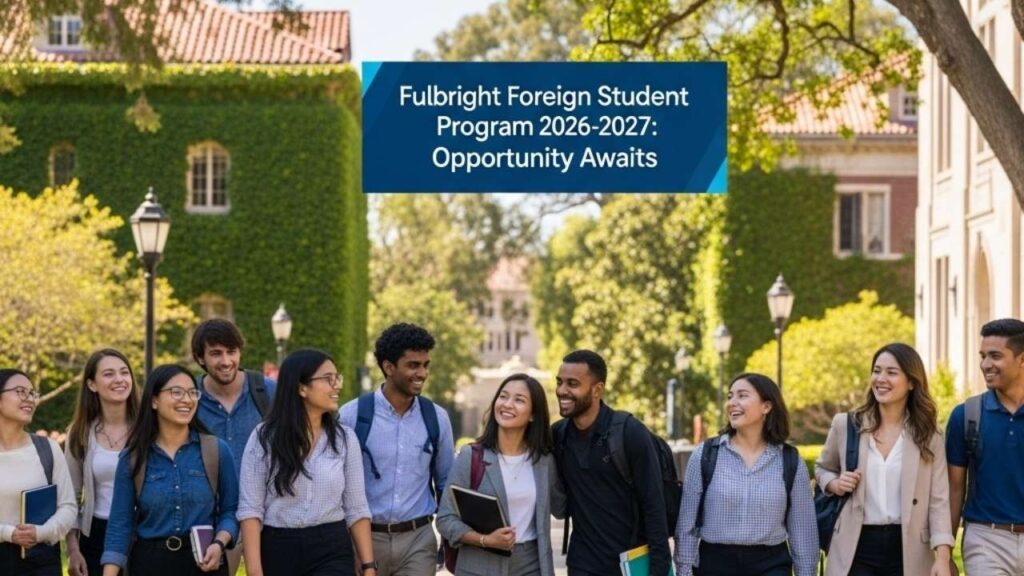
Fulbright Foreign Student Program 2026–2027
| Key Aspect | Details | Why It Matters |
| Comprehensive Funding | Typically covers tuition, a living stipend, airfare, and health insurance. | Allows you to focus entirely on your studies and cultural experience without financial stress. Sourced from the official Fulbright Program website. |
| Global Mission | A flagship cultural exchange program to foster mutual understanding. | Your role as a Fulbrighter extends beyond the classroom; you are a cultural diplomat. Sourced from the U.S. Department of State. |
| Application Process | Managed by bi-national Fulbright Commissions or U.S. Embassies in your home country. | Deadlines and specific requirements vary by location. Your first step is always your local embassy. |
The Fulbright Foreign Student Program 2026–2027 is a competitive but profoundly rewarding opportunity. It offers a world-class education and a platform to make a meaningful impact. By understanding the program’s mission, carefully preparing each component of your application, and telling your authentic story, you can put forward a compelling case. Your journey to becoming a Fulbrighter begins with that first click on your local U.S. Embassy’s website. Take that step today.
What is the Fulbright Program? More Than Just a Scholarship
Founded in 1946, the Fulbright Program is one of the most widely recognized and respected international exchange programs in the world. Its core mission is to increase mutual understanding between the people of the United States and the people of other countries.
When you become a “Fulbrighter,” you are doing more than just studying for a Master’s or Ph.D. You are joining a vibrant community of scholars, artists, and professionals dedicated to sharing ideas and finding solutions to shared international concerns. It’s a mark of academic excellence and leadership potential that is recognized globally.

Are You the Ideal Fulbrighter? Unpacking the Eligibility Criteria
While the specific requirements change from country to country, the core profile of a Fulbright candidate remains consistent. The program seeks individuals who are not only academically strong but also possess leadership potential and a deep desire to engage in cultural exchange.
Core Requirements (Generally Applicable)
Most participating countries will require you to have:
- Citizenship: You must be a citizen of a participating country and cannot be a U.S. citizen or permanent resident.
- Academic Background: A completed undergraduate degree (bachelor’s) or its equivalent from an accredited university.
- Academic Excellence: A strong academic record demonstrating your ability to succeed in a U.S. graduate program.
- English Proficiency: You must demonstrate a sufficient level of English to study at a U.S. university, usually proven through a test like the TOEFL.
- Good Health: Candidates must be in good health to complete the program.
The Crucial Country-Specific Nuances
This is the most important part to remember: your application journey starts and ends with your home country’s Fulbright Commission or U.S. Embassy. They set the specific deadlines, fields of study, and any additional requirements, such as work experience.
For example, some countries may prioritize certain academic fields aligned with national development goals, while others may have a broader scope. Deadlines can range anywhere from February to October of the year before your potential study period begins. Always check the official source for your country first. You can find your country’s specific information on the Fulbright directory of participating countries.
Your Application Blueprint: Crafting a Winning Submission
A successful Fulbright application is a collection of carefully prepared documents that tell a cohesive and compelling story about who you are and what you hope to achieve.
- The Online Application Form: This is where you’ll provide your biographical data, academic history, and other foundational information. Be meticulous and fill out every section completely.
- Personal Statement: This is your voice in the application. It’s a one-to-two-page essay where you explain your journey, motivations, and why you are a perfect fit for the Fulbright mission. In my experience advising students, the most powerful personal statements are those that connect a personal passion or experience to a clear academic and future professional goal.
- Study/Research Objectives: This essay details what you plan to study in the U.S. Be specific. Name potential universities, professors, and courses that align with your goals. If you are proposing a research project, outline your methodology and expected outcomes.
- Letters of Recommendation: You will typically need three strong letters. Choose professors or professional supervisors who know you well and can speak to your academic abilities, character, and leadership potential. Give them plenty of notice and provide them with your essays and CV so they can write a tailored letter.
- Academic Transcripts and Diplomas: You’ll need official, certified copies of your transcripts from all higher education institutions you have attended, along with proof of your degree.
- Standardized Test Scores: Depending on your country and field of study, you may need to submit scores from the GRE (Graduate Record Examinations) or the TOEFL (Test of English as a Foreign Language). Check your country’s requirements early, as preparing for these tests takes time.
Insider Tips for a Standout Application
Beyond just ticking the boxes, a few strategies can help elevate your application from good to great.
- Start Early: The application requires deep self-reflection and significant preparation. A rushed application is almost always a weak application. Give yourself at least three to four months to work on it.
- Embody the Mission: Read about Senator J. William Fulbright and the program’s history. Weave the themes of mutual understanding, leadership, and cultural exchange into your essays. Show the selection committee you understand that this is more than just a scholarship.
- Be Authentic: Don’t write what you think the committee wants to hear. Tell your unique story. What drives you? What specific problem do you want to solve? Authenticity is memorable and builds trust.
- Connect with Alumni: Fulbright alumni are one of the best resources. Their insights into the application process and the experience itself are invaluable. Many countries have active alumni associations you can connect with online.
- Proofread, Proofread, Proofread: Typos and grammatical errors can give the impression of carelessness. Read your essays aloud, use grammar-checking software, and ask a trusted friend or mentor to review your entire application before you hit submit.

Your Complete Guide to the International Postdoctoral Forrest Fellowships 2026
EHRI ERIC Conny Kristel Fellowships 2025: Your Guide to a Life-Changing Research Opportunity
FAQs
Q1: Can I choose any university in the United States?
While you can list your preferred universities, the Fulbright Program often works with the Institute of International Education (IIE) to place students at universities that are a strong fit for their academic profile and objectives. You should research and suggest institutions, but final placement is not solely up to the applicant.
Q2: Is there an age limit for the Fulbright Foreign Student Program?
Generally, there is no specific age limit. The program is more focused on academic standing and leadership potential. However, it is primarily aimed at recent graduates and young professionals, so it’s essential to check your country-specific guidelines.
Q3: What if my country is not on the participating country list?
Unfortunately, the Fulbright Foreign Student Program is only available to citizens of countries with active bi-national commissions or U.S. Embassies that administer the program. If your country is not listed, you are not eligible to apply.
Q4: How competitive is the Fulbright Program?
The program is highly competitive. Acceptance rates vary significantly by country and the number of applicants each year. A strong academic record, a compelling personal story, clear objectives, and demonstrated leadership potential are all crucial for success.

